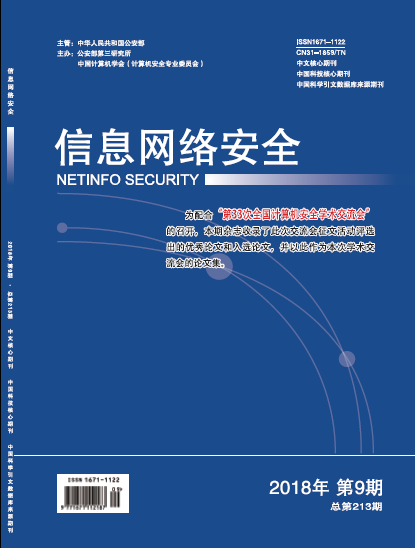With the development of cloud computing and big data, artificial intelligence applications become more and more popular. From small fashion, easy to carry the intelligent wearable devices, to influence and change of human life intelligent capture to expend, autopilot, intelligent transportation, artificial intelligence is anywhere. As it is everywhere, the characteristics of the current work in convenient people’s life. At the same time, AI brings more and more security risks to users unconsciously. This will become increasingly apparent in today’s human-computer co-existence. Based on the theme of the safety analysis of AI in this paper, firstly reviewed the development history of AI for nearly half a century and application status. Then from the current, the respect such as technology development analyses the development and application of the safety risk. Then, from the building security regulatory framework, security standards, strengthen the key technology research presents the necessary management, construction and research proposal. Finally, from the development trend of the times on the future future security of artificial intelligence.

